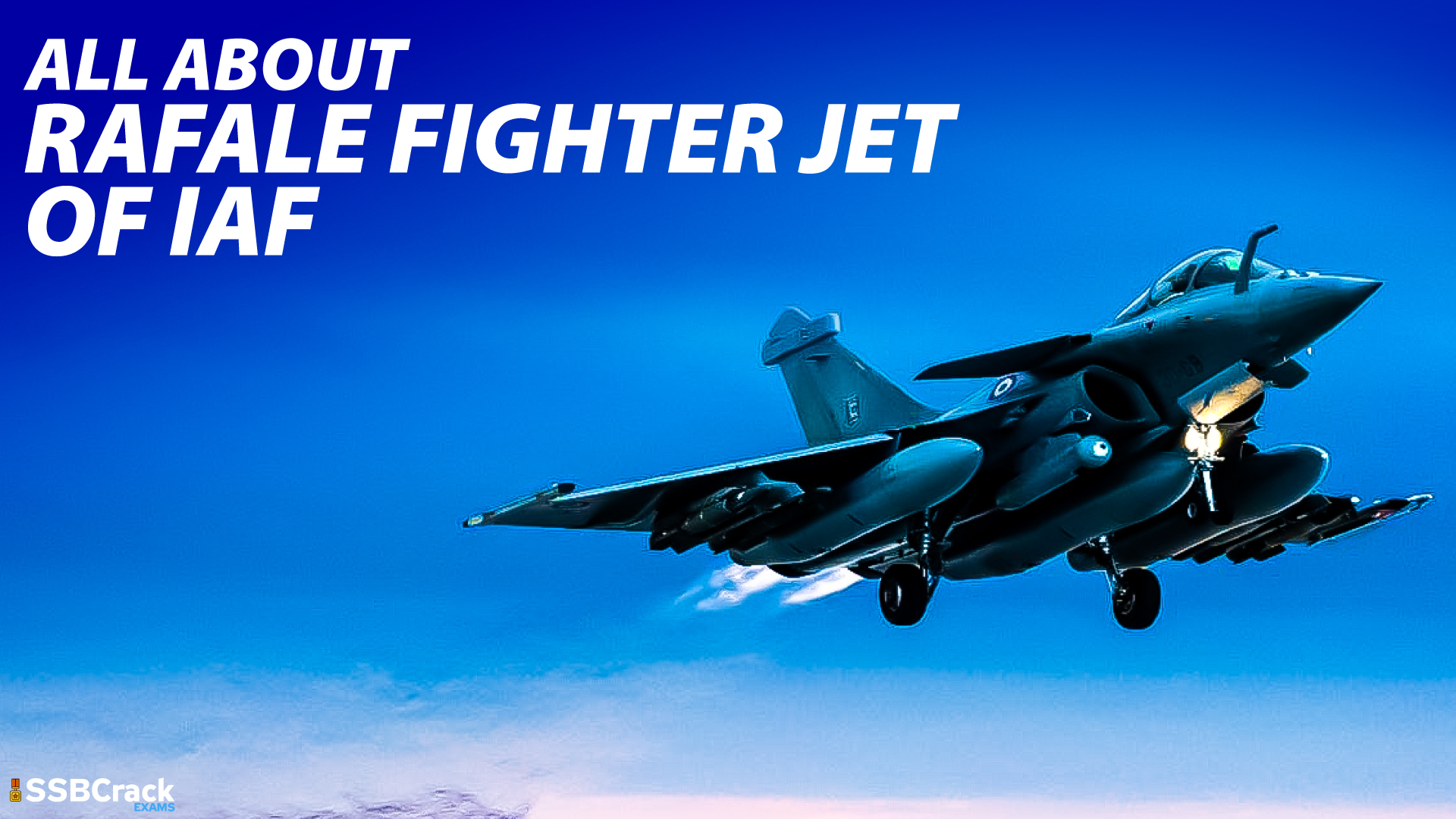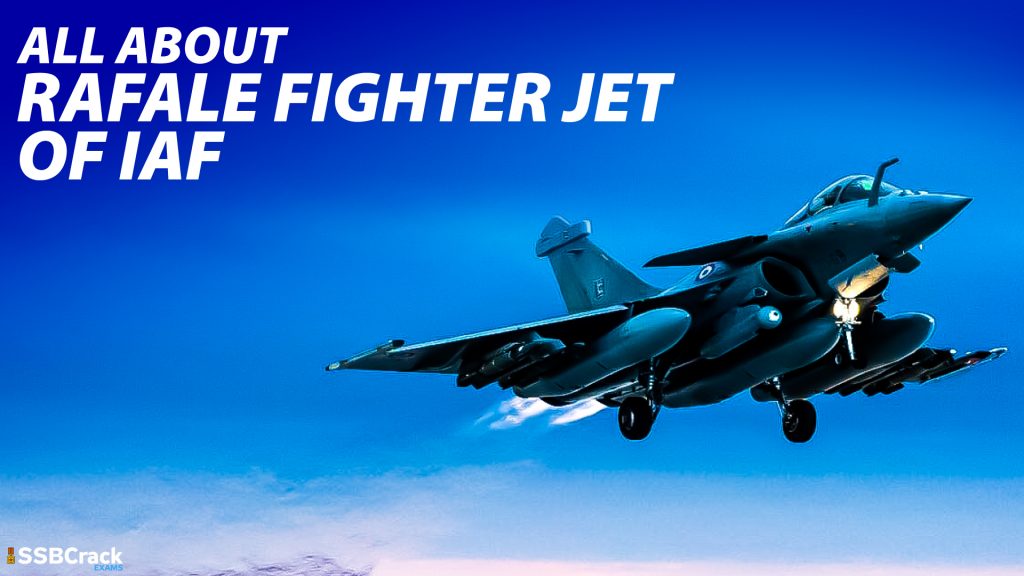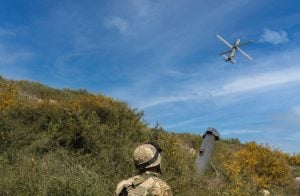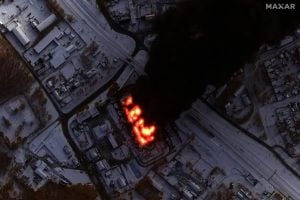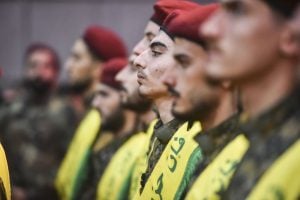On July 29, 2020, the nation saw the first batch of Rafale jets, reaching Ambala air base, after a painfully long wait. With the first major acquisition of its kind in 23 years, after the import of Sukhoi Jets from Russia, the Government of India sought to modernise the IAF and replace jaded fighter jets currently in use. Defence experts have lauded this useful addition, coming at a rather volatile time in Asia. Sparing no time, IAF inducted the batches that arrived and IAF Chief declared that personnel are soon expected to master the new craft. In this article we give you all the information about our new fighter jet.
FEATURES
Omnirole capabilities- Dassault Aviation’s Rafale is a twin-jet combat aircraft capable of carrying out a wide range of short and long-range missions. Ground and sea attacks, reconnaissance, high-accuracy strikes, and nuclear strike deterrent are all possible with it.The Rafale is powered by two SNECMA M88-2 engines, each with a thrust of 75kN. The aircraft is equipped with a fly refuelling hose reel and drogue pack enabling buddy-buddy refuelling. In 1996, the first M88 engine was delivered. It’s a twin-shaft bypass turbofan engine designed for low-altitude penetration and high-altitude interception.The fourth-generation aircraft with Delta-wing and twin-generation engines also has semi-stealth capabilities and is capable of carrying out nuclear assaults. The Rafale’s most notable feature is the Beyond Visual Range Air-to-Air Missile. This has a range of more than 150 kilometres. Rafale can thus conduct a missile assault 150 kilometres within the Chinese or Pakistani borders from within the Indian border.
Easy on the personnel-Hands-on throttle and stick control are available in the cockpit (HOTAS). Thales Avionique has installed a heads-up, wide-angle holographic display in the cockpit that displays aircraft control data, mission data, and fire signals.Two touchscreen lateral displays reveal aircraft system characteristics and mission data, while a collimated, multi-image head-level display shows tactical situation and sensor data. A helmet-mounted sight and display are also available to the pilot. Throughout the mission, a CCD camera and on-board recorder capture the picture of the head-up display.
Radar Ready- Thales’ Spectra electronic warfare system is used by Rafale. Solid state transmitter technology, a DAL laser warning receiver, missile warning, detecting systems, and jammers are all included in Spectra. Thales’ RBE2 passive electronically scanned radar with look-down and shoot-down capability is installed on the Rafale multirole combat aircraft. The radar can scan up to eight targets at the same time and can identify and prioritise threats.
Attested by Warfields – From 2006 through 2011, French Air Force and Navy Rafale fighters flew many combat missions in Afghanistan, demonstrating exceptional competence and significant military worth. On several instances, the AASM/HAMMER precision-guided modular air-to-surface weapons, PAVEWAY laser-guided bombs, and the 30 mm gun were used, achieving direct hits with astonishing precision.
Rafale jets from the French Air Force and Navy successfully participated in coalition operations over Libya in 2011. They were the first fighters to fly over Benghazi and Tripoli, and they performed the full range of Rafale missions, including air superiority, precision strikes with HAMMERS and laser-guided bombs, deep strike with SCALP cruise missiles, Intelligence, Surveillance, Tactical Acquisition and Reconnaissance, and Strike Coordination and Reconnaissance. Hundreds of targets were hit with deadly accuracy by Rafale aircrews throughout the Libyan conflict, including tanks, armoured vehicles, artillery emplacements, storage dumps, command centres, and air-defense systems.
Rafale vs J20
Comparisons between China’s J20 and Rafale are inevitable. J20 was built by the Chengdu Corporation and is believed to be a fifth generation fighter. Even in hazardous conditions, the J-20 is built to carry out ground assault missions. The aircraft’s delta wings allow it to reach higher heights at supersonic speeds. It dwarfs the Sukhoi T-50 and Lockheed Martin F-22 Raptor in size. The prototype’s front part resembles the F-22 Raptor, while the back section resembles a Sukhoi T-50.
Rafale undoubtedly has the edge over J20 for many obvious reasons . It has been tested in combat successfully over the course of last decade. The emphasis of Dassault on radar and semi-stealth technologies is missing in Chengdu J20’s case. In essence J20 is a 5th generation plane fitted with a third generation engine, and a much sleeker design. Chengdu J-20 has certain advantages since its PL-15 and PL-21 missiles can attack targets up to 300 kilometres and 400 kilometres away, respectively. The Meteor missile aboard the Rafale, on the other hand, can only hit targets up to 150 kilometres away. Unless J20 is tested in actual combat conditions and proven , Rafale is the more reliable aircraft.
Comparison of the Rafale and J-20:-
| Base of Comparison | Rafale | Chengdu J-20 |
| Manufacturing country | France | China |
| Manufacturing Company | Dassault Aviation | Chengdu Aerospace Corporation |
| Engine | Double Engine | Double Engine |
| Seats | Single/ Double Seater | Single Seater |
| Maximum speed | 2222 km per hour | 2100 km per hour |
| Generation | 4.5th | 5th |
| Measurement of the Jet | Rafael has a height of 5.30 meters, length 15.30 meters and wingspan 10.90 meters. | Its height is 4.45 m, length 20.4mtr and wingspan is 12.88 to 13.50 mtr. |
| Missiles in the Jet | In Rafale, the Meteor missile (radar-guided beyond-visual-range air-to-air) can hit upto 150 km, the SCALP missile can hit up to 300 km on the ground. Now the HAMMER missile will be installed soon. | PL-15 missiles (radar-guided air-to-air) can hit up to 300 km and PL-21 missiles (beyond-visual-range air-to-air) can hit up to 400 km. |
| Ceiling capacity | 300 meters per second | 304 meters per second |
| Service ceiling | 50000 Feet | 65600 Feet |
| Load carrying capacity | 24,500 KGS | 37000 KGS |
| Combat radius | 3700 KM | 3400 KM |
